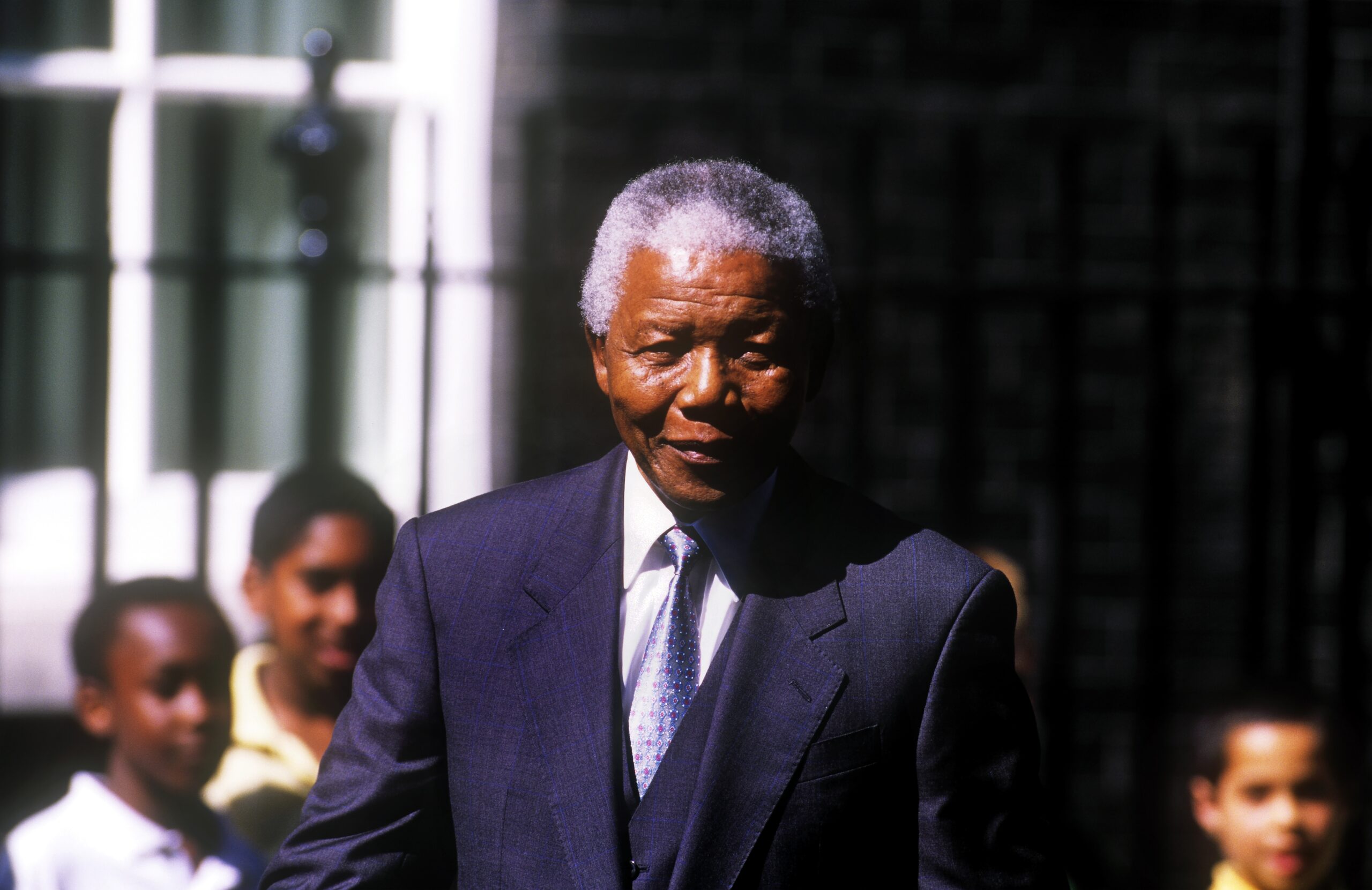
Nelson Mandela: From Prisoner to President
A Journey of Resilience, Reconciliation and Revolution
Nelson Mandela’s life was defined not only by his fight for justice but by his remarkable ability to forgive and lead. From his early activism against apartheid to spending 27 years in prison, and eventually becoming South Africa’s first Black president, Mandela reshaped the narrative of freedom, leadership, and peace.
In this post, we explore his extraordinary journey from political prisoner to global icon, and how his choices shaped the course of a nation — and the conscience of the world.
Outline
- Born into Inequality: Mandela’s Early Life
- Joining the Struggle: Activism in the Face of Oppression
- Arrest and the Rivonia Trial
- Life Behind Bars: 27 Years on Robben Island
- Freedom at Last: A Nation Watches
- A New South Africa: Mandela as President
- A Global Icon for Peace and Forgiveness
- Final Reflections
Born into Inequality: Mandela’s Early Life
Nelson Rolihlahla Mandela was born in 1918 in the rural village of Mvezo, in the Eastern Cape of South Africa. Raised in the Thembu royal family, he grew up under colonial rule and strict racial segregation.
Though his early life was relatively privileged within his community, the harshness of apartheid policies became increasingly apparent as he entered adulthood — and it lit a fire in him.
Mandela would later reflect: “Education is the most powerful weapon which you can use to change the world.”
Joining the Struggle: Activism in the Face of Oppression
In the 1940s, Mandela moved to Johannesburg, where he studied law and became politically active, joining the African National Congress (ANC).
He helped establish the ANC Youth League, promoting civil disobedience and non-violent resistance. But as the government’s repression became more brutal, Mandela and others shifted towards armed struggle, forming Umkhonto we Sizwe, the ANC’s military wing.
“I have cherished the ideal of a democratic and free society… It is an ideal for which I am prepared to die.”
Arrest and the Rivonia Trial
In 1962, Mandela was arrested and sentenced to five years in prison. But during a subsequent raid, authorities discovered ANC documents, leading to the now-famous Rivonia Trial in 1964.
He and others were sentenced to life imprisonment for conspiracy and sabotage.
Rather than use his trial to plead for mercy, Mandela used it to condemn apartheid, capture the world’s attention, and declare his unwavering commitment to freedom.
His speech during the trial became one of the defining moments in the anti-apartheid struggle.
Life Behind Bars: 27 Years on Robben Island
Mandela spent 18 of his 27 years in prison on Robben Island, performing hard labour and enduring isolation. Yet even in prison, he remained a leader:
- Mediating between prisoners and guards
- Secretly educating fellow inmates
- Maintaining dignity despite dehumanisation
He refused multiple offers for conditional release that required him to renounce the struggle. His principles were unshakable.
“It was during those long and lonely years that my hunger for the freedom of my people became a hunger for the freedom of all people.”
Freedom at Last: A Nation Watches
On 11 February 1990, after 27 years of incarceration, Mandela walked free.
The world watched as he emerged, hand in hand with his wife Winnie Mandela, calm, composed, and ready to lead.
Instead of inciting revenge, he called for peace, reconciliation, and unity, setting the tone for a new South Africa.
It was a rare moment in history: a former political prisoner stepping forward as a national unifier, not a divider.
A New South Africa: Mandela as President
In 1994, Mandela was elected President of South Africa in the country’s first multiracial democratic elections.
As president, he:
- Formed the Truth and Reconciliation Commission, offering amnesty in exchange for truth
- Championed racial healing and economic reform
- United the country behind symbolic acts — like wearing the national rugby jersey at the 1995 World Cup
He served only one term, choosing to step down — a powerful signal in a region marked by authoritarianism.
Mandela’s presidency was less about dominance and more about legacy.
A Global Icon for Peace and Forgiveness
After stepping down in 1999, Mandela dedicated himself to global humanitarian efforts:
- Advocating for HIV/AIDS awareness
- Promoting education and children’s rights
- Supporting conflict resolution and diplomacy
He received more than 250 honours, including the Nobel Peace Prize, and became a symbol of peaceful resistance and moral leadership across the globe.
“As I walked out the door toward the gate that would lead to my freedom, I knew if I didn’t leave my bitterness behind, I’d still be in prison.”
Final Reflections
Nelson Mandela was more than a political leader. He was a moral compass in a time of turmoil, a master of dignity under pressure, and a living example of what it means to forgive and move forward.
He showed the world that real strength lies in peace, not in vengeance.
His journey — from a rural boy in apartheid South Africa to a globally respected elder statesman — remains one of the most powerful and enduring stories of hope in modern history.
Mandela didn’t just change a country. He changed the world’s idea of what leadership can look like.


